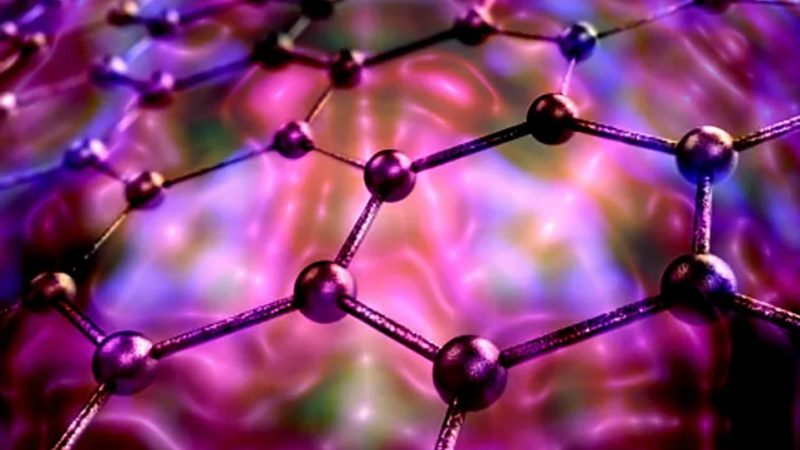Scientists Have Created ‘Living Skin’ For Robots.
Takeuchi says that the finger appears slightly’sweaty” straight from the culture medium. It is interesting to compare the clicking sounds of an electric motor with a finger that is exactly like one, since the finger is driven via an electric motor.
Previous attempts at grafting skin onto robot surfaces were unsuccessful. Michio Kawai, University of Tokyo tissue engineer, and his colleagues devised a method that allows the skin itself to mold onto the device.
Kawai and his team explain that it is difficult to sew, glue or cut the skin equivalents without causing damage to soft, fragile tissue.
Instead, they submerged the robot structure in a solution of collagen. These are the major components of the skin’s connective tissues.
The primer layer was then covered with epidermal cells ( Keratinocytes), which are the main component of our outermost layer of skin. The material would not be water-resistant without this additional layer.
The footage below shows that the polystyrene beads are electrostatically charged and stick to the fingers without the need for an epidermis. This makes it more difficult to manipulate the finger.
Although the material is flexible enough to withstand repeated stretching and contracting, it is much less resilient than human skin. This could be improved by increasing the collagen content in the initial solution and maturing the cells further.
Amazingly, artificial skin can be repaired with a collagen bandage.
This is a natural healing process that living cells absorb and then integrate into their systems to repair the damage.
Although the lab-grown tissue has shown remarkable results, it is still quite limited. It can’t survive without its nutrient solution. Just like human skin, artificial skin layers don’t have the complex components of the circulatory or sweat gland systems that provide such hydration.
<< Previous Next >>







